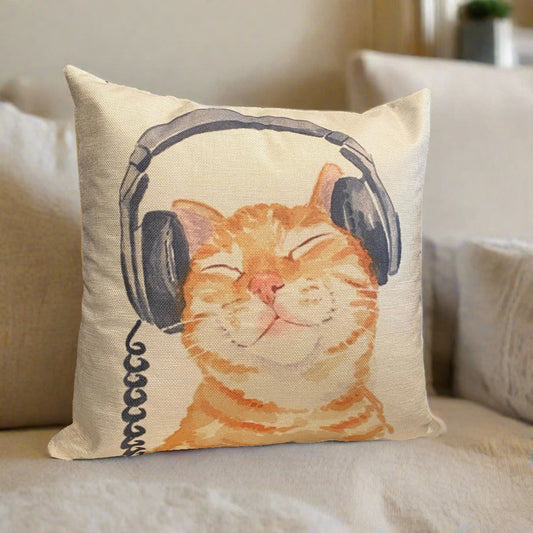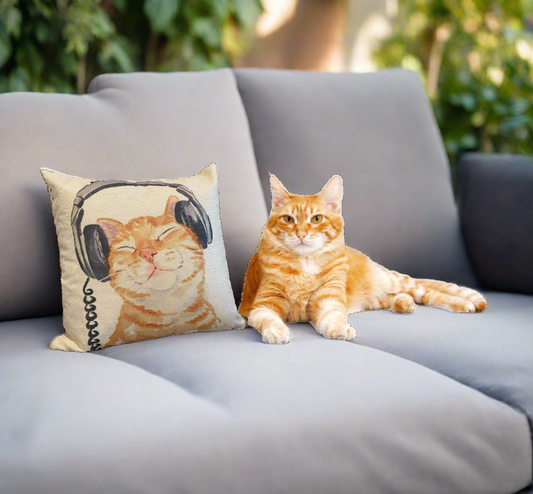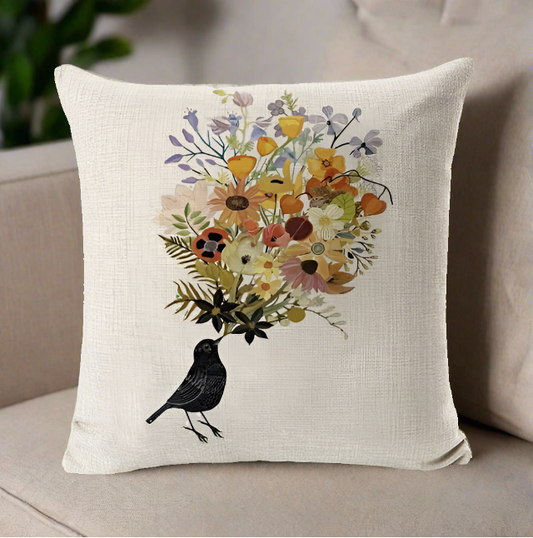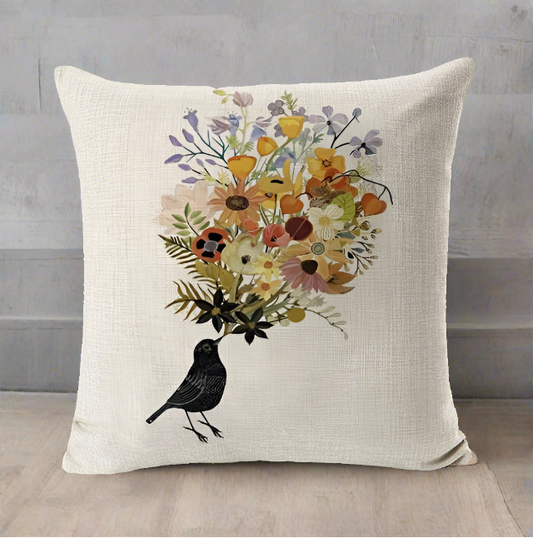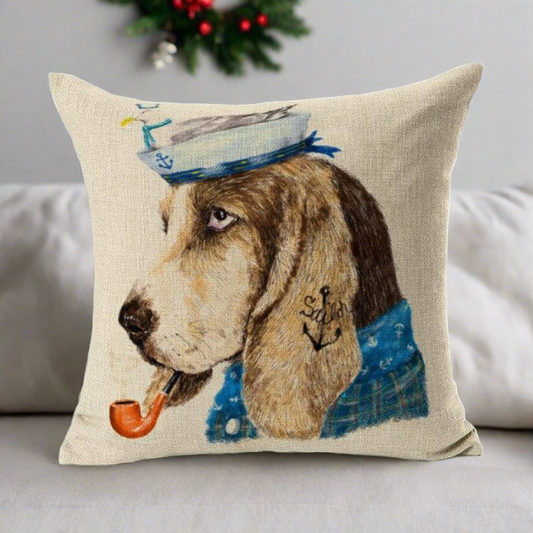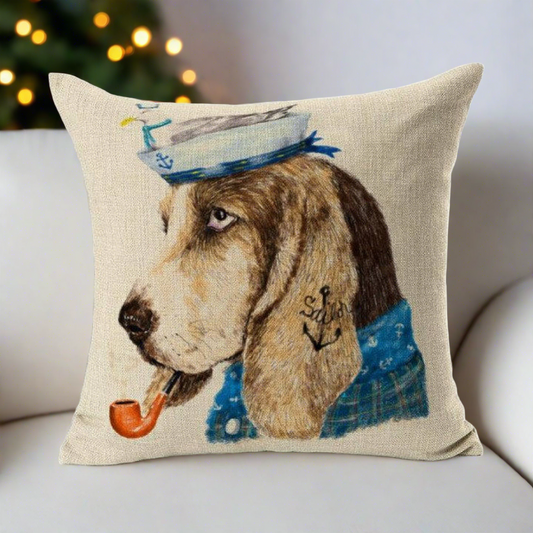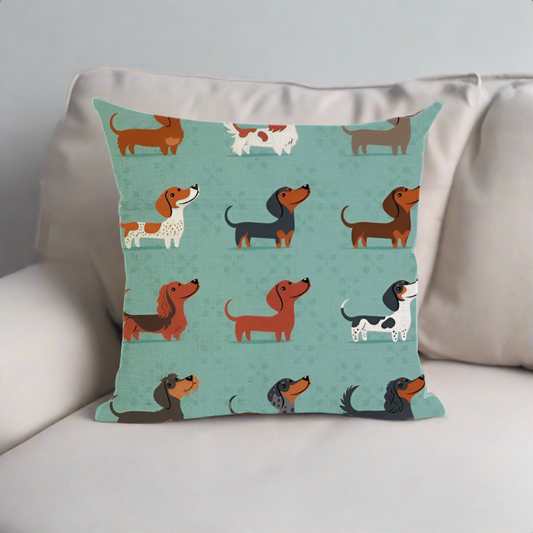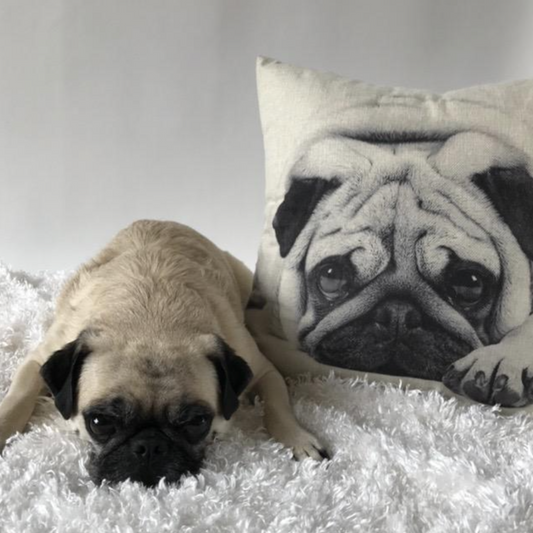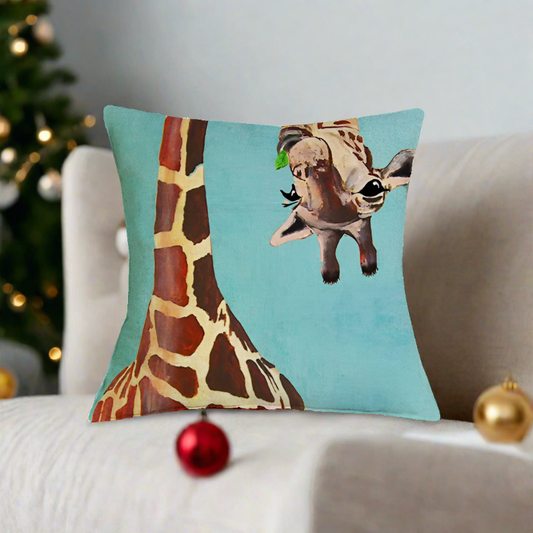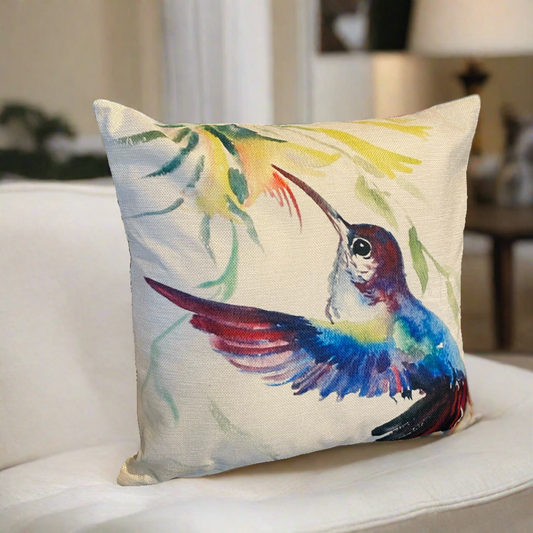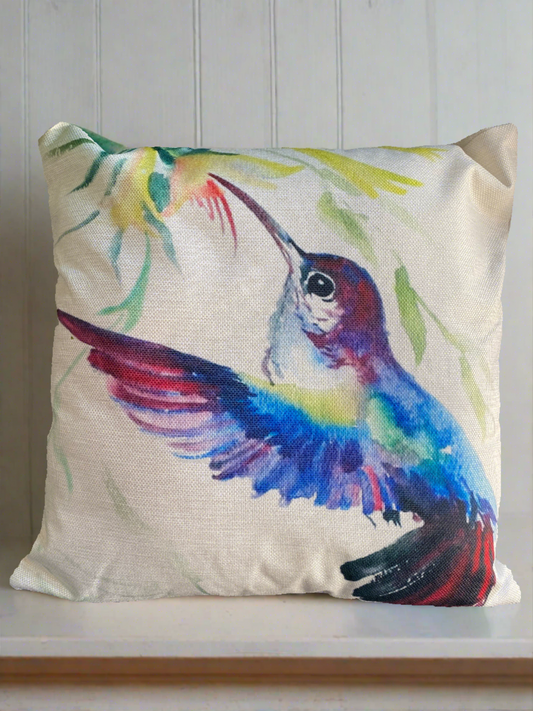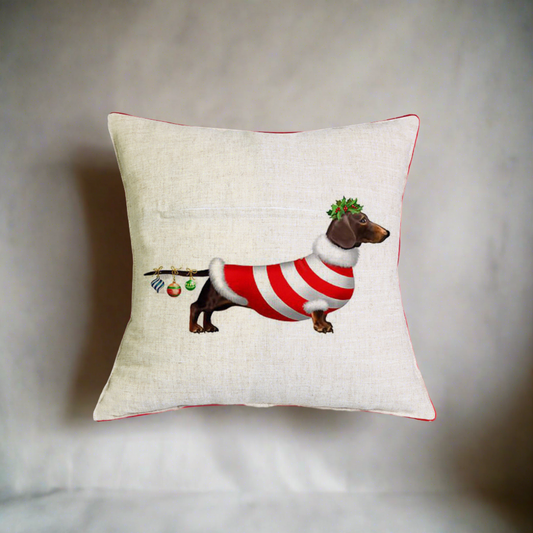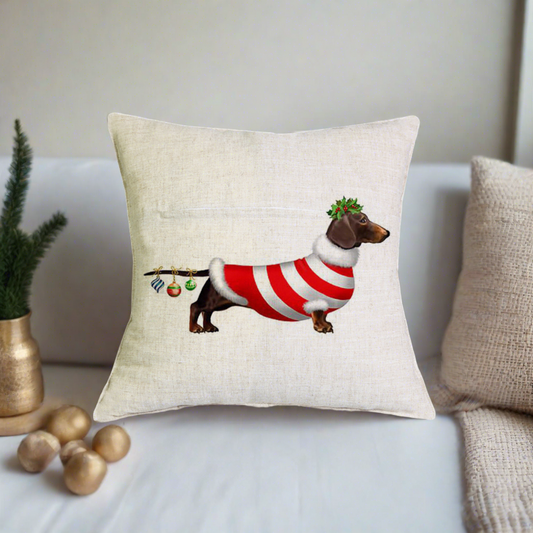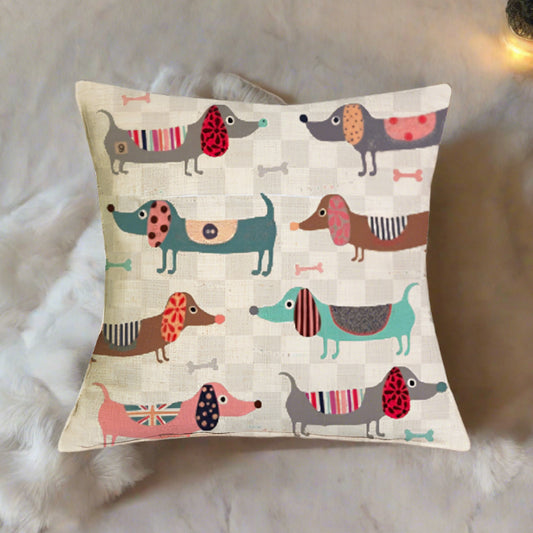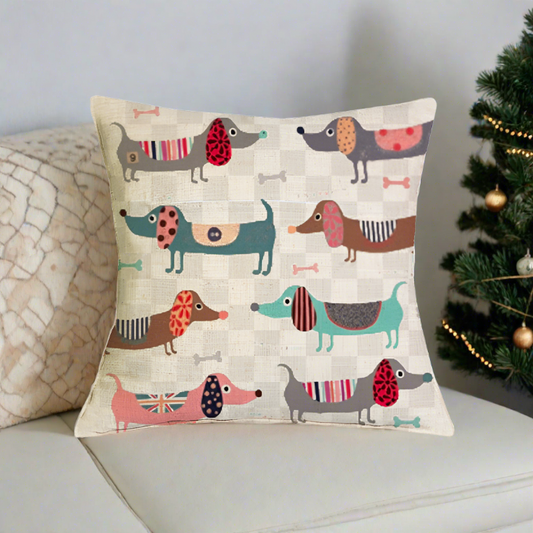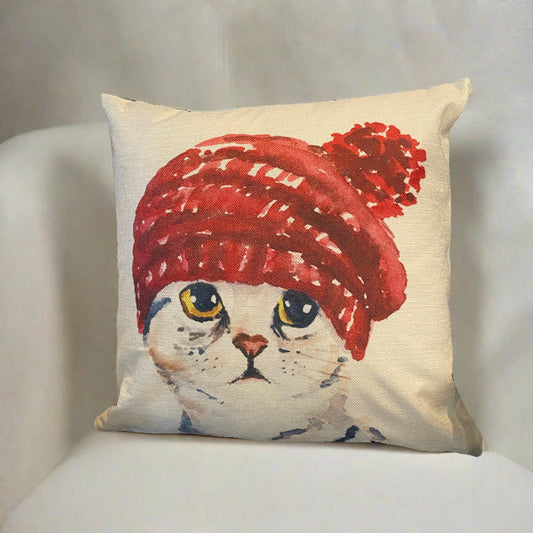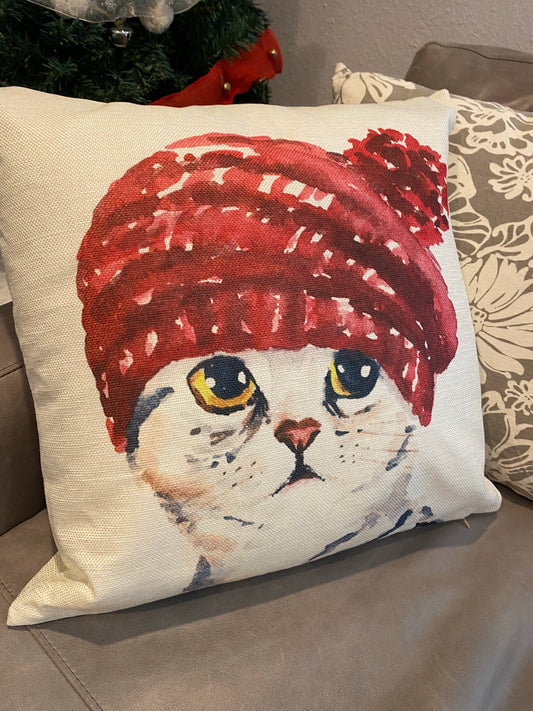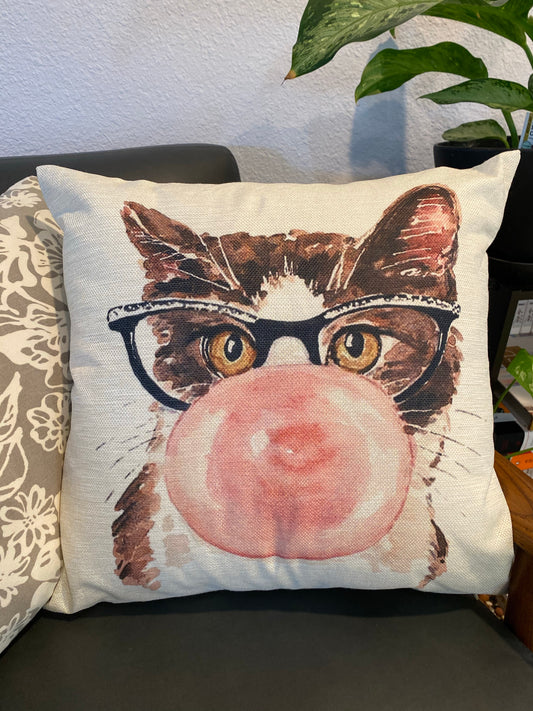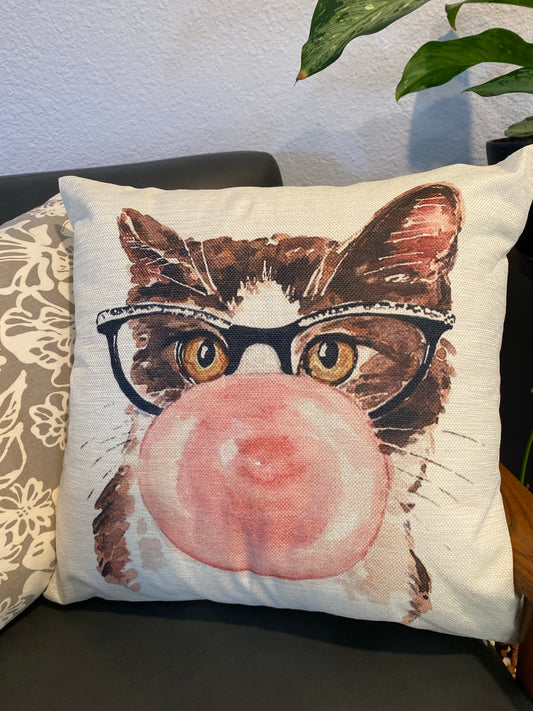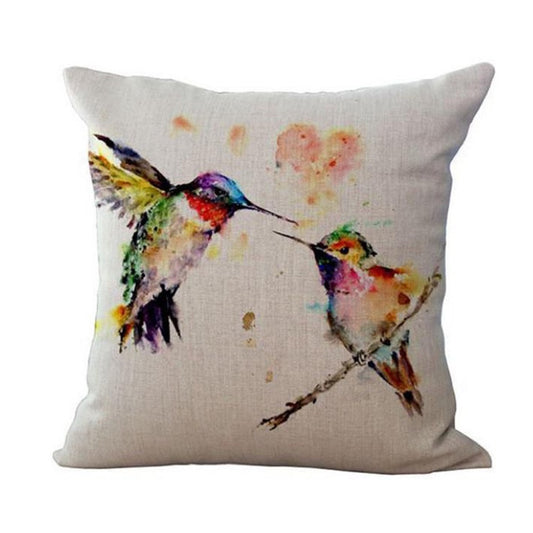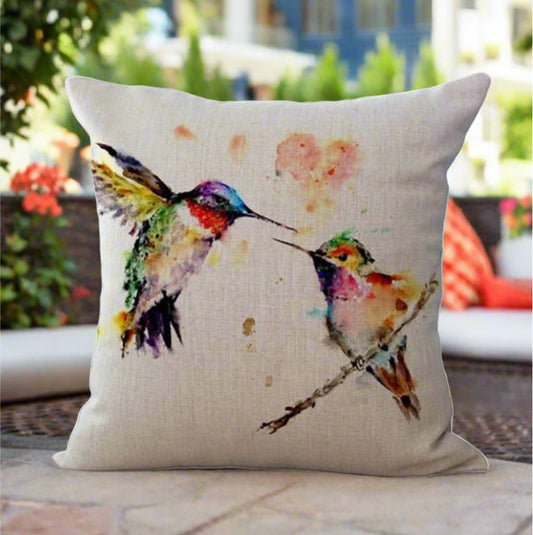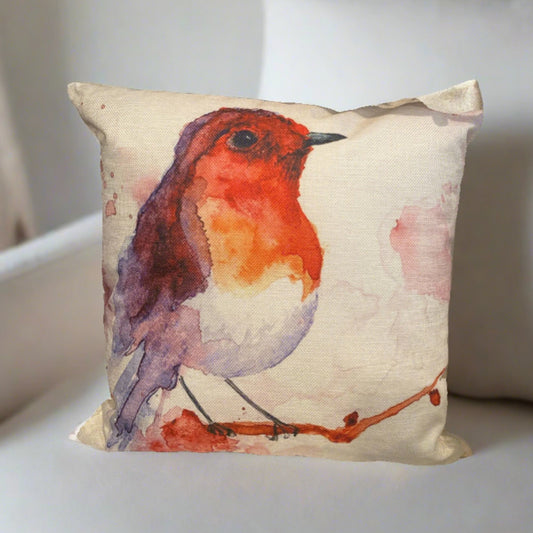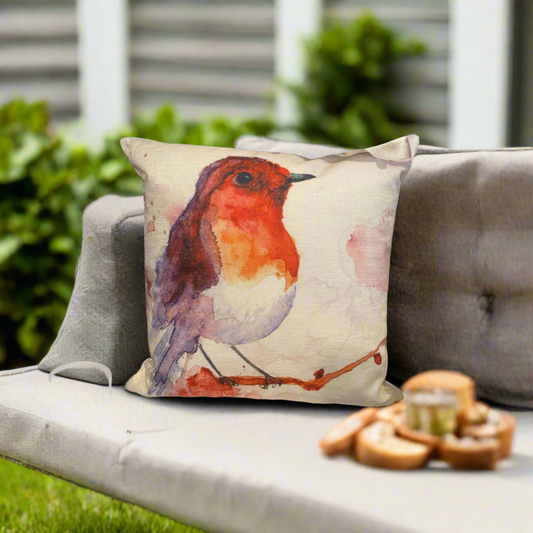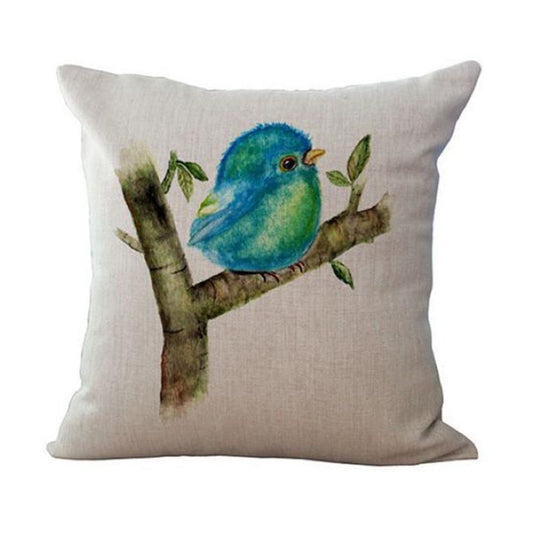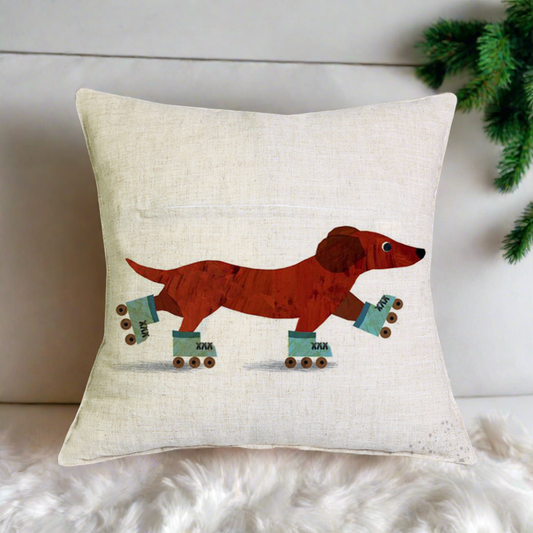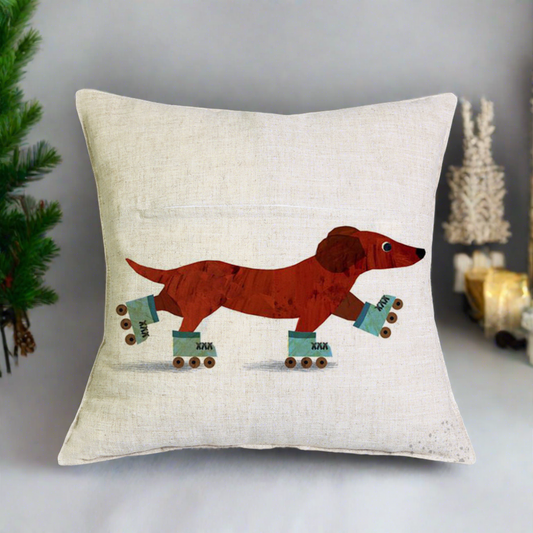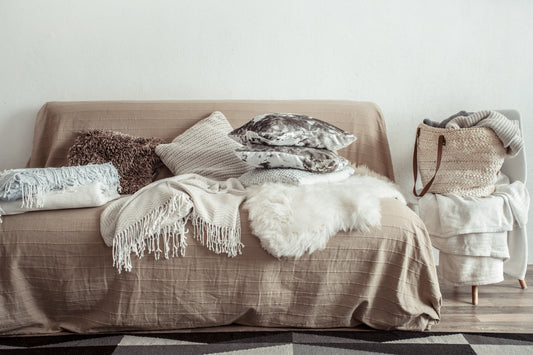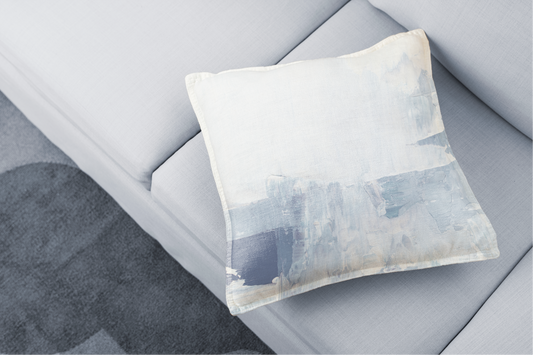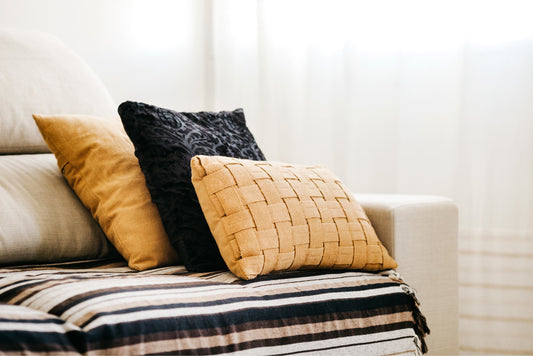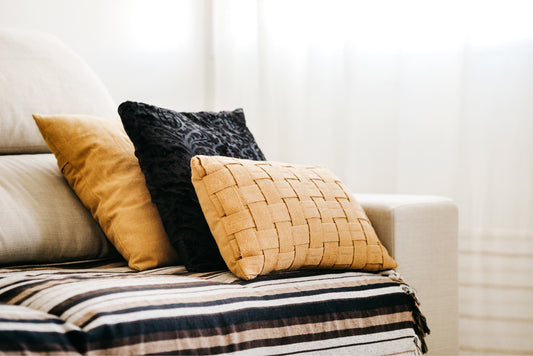Feather pillows are a popular choice for many due to their comfort and durability. These pillows are filled with feathers from geese or ducks, specifically the feathers from the wings and backs of these birds. The structure of these feathers includes a quill that provides support while the soft barbs create a plush feel.
Benefits of Using Feather Pillows
Feather pillows offer a range of benefits:
- Comfort: These pillows are soft and moldable, allowing them to conform to the shape of your head and neck, providing excellent support.
- Durability: Feather pillows tend to last longer than synthetic options due to the resilience of the feathers.
- Breathability: Feathers allow air to circulate, keeping you cool throughout the night.
- Adjustability: You can easily reshape feather pillows to fit your preferred sleeping position.
Common Types of Feather Pillows
Feather pillows come in various types to suit different preferences and needs:
- Standard Feather Pillows: These are filled entirely with feathers and offer a firmer feel.
- Feather and Down Blends: These pillows mix feathers with down (the soft, fluffy underlayer of feathers) for a softer, more luxurious feel.
- Euro Pillows: Larger and square-shaped, these pillows are often used as decorative pillows but can also be used for sleeping.
Differences Between Feather and Down Pillows
While feather and down pillows might seem similar, they have distinct differences:
- Feathers: Flat and have a quill; provide more structure and support. They tend to be firmer and heavier.
- Down: Comes from the underlayer of feathers; lacks a quill. Down clusters trap air more effectively, making these pillows softer and more insulating.
- Combination: Some pillows combine both feathers and down to balance support and softness.
Feather pillows excel in providing firm support and durability, whereas down pillows are known for their softness and ability to maintain loft.

Can Feather Pillows Be Washed in a Washing Machine?
Yes, you can wash feather pillows in a washing machine. This method can help rejuvenate your pillows, making them feel fresh and fluffy again. However, it’s crucial to follow specific guidelines to prevent damage to the feathers.
Best Washing Machine Settings to Use
Using the correct settings on your washing machine is essential:
- Gentle Cycle: Always use the gentle or delicate cycle. This minimizes the agitation, reducing the risk of damaging the feathers.
- Water Temperature: Opt for warm or cool water. Hot water can harm the feathers, causing them to become brittle.
- Extra Rinse: Adding an extra rinse cycle ensures that all detergent is thoroughly removed, preventing residue buildup.
Benefits of Using a Mild Detergent
Choosing a mild detergent is key when washing feather pillows:
- Low-Sudsing: Mild detergents produce fewer suds, which helps avoid clumping of the feathers.
- Gentle Cleaning: These detergents clean without stripping the feathers of their natural oils, which are essential for maintaining their fluffiness and longevity.
Importance of Balancing the Load
Balancing the load in the washing machine is vital to protect your feather pillows and the machine:
- Even Distribution: Wash two pillows at the same time to balance the load. This prevents one side of the machine from being heavier, which could cause damage.
- Vertical Placement: If using a top-loading machine, place the pillows vertically to avoid them getting caught around the agitator.
By following these steps, you can effectively wash your feather pillows in a machine, keeping them clean and comfortable for a long time.
How to Wash Feather Pillows in a Washing Machine
Pre-Wash Preparation
Check for Tears or Holes: Inspect each pillow for any tears or holes. Feathers can escape through even the smallest openings, making a mess and reducing the pillow's effectiveness.
Remove Pillowcases and Protectors: Take off any pillowcases and pillow protectors. These can be washed separately and may require a different washing method.
Washing Process
-
Set the Machine to a Gentle Cycle: Always choose the gentle or delicate cycle. This prevents the feathers from being agitated too harshly, which can cause them to break.
-
Use a Low-Sudsing, Mild Detergent: Select a mild detergent that produces fewer suds. Too many suds can leave residue on the feathers, making them clump together and lose their fluffiness.
-
Run the Rinse and Spin Cycles Twice: After the initial wash, run an extra rinse and spin cycle. This ensures all detergent is thoroughly removed and excess water is spun out, preventing mold and mildew.
Post-Wash Steps
-
Gently Squeeze Out Excess Water: Once the washing is complete, remove the pillows from the machine and gently press them to expel as much water as possible. Avoid wringing them out, as this can damage the feathers.
-
Inspect the Pillow for Soap Residue: Check for any soap residue by feeling the pillow’s surface. If soap remains, it may need another rinse cycle. Residue can attract dirt and make the pillow less comfortable.
How to Dry Feather Pillows Properly
Importance of Thorough Drying
Thorough drying is crucial for feather pillows. If not dried completely, moisture trapped inside can lead to mold and mildew. This not only ruins the pillow but can also cause health issues. Proper drying ensures the feathers regain their loft and maintain their insulating properties.
Best Dryer Settings to Use
- Low Heat Setting: Use the lowest heat setting available. High heat can damage the delicate feathers, causing them to break and lose their softness.
- Delicate Cycle: Opt for the delicate cycle. This prevents the feathers from being agitated too harshly, which can cause clumping.
Adding Dryer Balls to Prevent Clumping
- Dryer Balls: Add a few dryer balls to the dryer. These help break up clumps of feathers by bouncing around during the drying process. If you don’t have dryer balls, tennis balls can be a good alternative.
- Fluffing Action: The action of the dryer balls ensures the feathers are evenly distributed, helping the pillow return to its original fluffiness.
Checking and Fluffing Pillows Between Cycles
- Frequent Checks: Stop the dryer periodically to check the pillows. This helps ensure they're drying evenly and allows you to break up any clumps by hand.
- Fluffing: Remove the pillows from the dryer and give them a good shake or manual fluff. This helps maintain the shape and distribute the feathers evenly.
- Multiple Cycles: Feather pillows often need several drying cycles. Even if the pillow feels dry on the outside, the inside may still be damp. Run the dryer for additional cycles as needed until the pillow is completely dry to the core.
How Long Do Feather Pillows Take to Dry?
Typical Drying Time for Feather Pillows
Drying feather pillows is not a quick process. Typically, it takes 2-3 hours in a dryer set on low heat. However, this can vary based on your dryer's efficiency and the pillow's size. Be patient; rushing this process can result in damp feathers, leading to unpleasant odors and mold.
How to Check for Remaining Moisture
- Touch Test: Gently press the pillow; if it feels cool or damp to the touch, it needs more drying time.
- Weight Check: A dry feather pillow should feel light. If it seems heavier than usual, it's likely still wet inside.
- Fluff and Inspect: Fluff the pillow and feel for any clumps, which indicate moisture.
Signs of Improper Drying
Improper drying can lead to several issues:
- Odors: A musty smell suggests mold or mildew, indicating the pillow wasn't dried thoroughly.
- Clumping: Clumps of feathers mean moisture remains trapped, which can ruin the pillow's shape and comfort.
- Discoloration: Yellowing can occur if the pillow isn't dried properly, often due to residual moisture and oils.
Tips for Air Drying as an Alternative
If you prefer air drying or don't have access to a dryer:
- Sunny Spot: Place the pillow in a sunny, well-ventilated area. Sunlight helps kill bacteria and speeds up drying.
- Frequent Flipping: Turn the pillow over every few hours to ensure even drying on both sides.
- Manual Fluffing: Regularly fluff the pillow by hand to prevent feather clumping and ensure air circulates through the pillow.
Remember, whether you use a dryer or air dry, patience is key to maintaining the pillow's quality and hygiene.
How to Maintain Feather Pillows Between Washes
Use Pillow Protectors
- Why They Matter: Pillow protectors shield your feather pillows from dust, dirt, and oils. They act as the first line of defense, reducing the need for frequent washes.
- How to Use: Slip a pillow protector over your feather pillow before adding a pillowcase. Choose protectors made from breathable materials to prevent feather clumping.
Regular Fluffing and Airing Out
- Prevent Clumping: Fluff your feather pillows daily to redisperse the feathers evenly. This maintains their shape and comfort.
- Air Them Out: Once a month, place your pillows in a well-ventilated area for a few hours. This helps eliminate any odors and keeps the pillows fresh.
Spot Cleaning for Minor Stains
- Quick Action: Address stains immediately to prevent them from setting. Use a mild detergent and a damp cloth to gently blot the stain.
- Technique: Dab the stained area lightly; avoid soaking the pillow. Feather pillows should not remain wet for long periods.
Benefits of Occasional Sun Exposure
- Natural Freshener: Sunlight acts as a natural deodorizer and disinfectant. Exposing your pillow to sunlight can kill bacteria and mites.
- Simple Method: Place your feather pillows outside on a sunny day, flipping them every hour to ensure even exposure. Avoid prolonged exposure to prevent fabric fading.
By following these simple steps, you can keep your feather pillows clean and comfortable between washes. Regular care extends the life of your pillows and ensures you enjoy a good night's sleep.
Common Mistakes to Avoid When Washing Feather Pillows
Using Too Much Detergent
- Less is More: Feather pillows require only a small amount of detergent. Too much soap can cause feathers to clump and lose their fluffiness.
- Choose Wisely: Use a low-sudsing, mild detergent to avoid residue build-up. This helps maintain the pillow's softness and structure.
Not Balancing the Washing Machine Load
- Prevent Damage: Always wash two pillows at a time. This balances the load and prevents the washing machine from becoming off-balance, which can damage both the machine and pillows.
- Proper Placement: Place pillows vertically in top-loading machines to minimize agitation that can tear the fabric or clump the feathers.
Skipping the Extra Rinse and Spin Cycles
- Ensure Cleanliness: Adding an extra rinse cycle ensures all detergent is removed. This step is crucial to prevent soap residue that can irritate your skin and damage the feathers.
- Effective Drying: An additional spin cycle helps extract more water, making the drying process faster and reducing the risk of mold growth.
Drying on High Heat Settings
- Low and Slow: Dry feather pillows on a low-heat setting. High heat can cause feathers to become brittle and break, reducing the pillow’s lifespan.
- Prevent Clumping: Add dryer balls or clean tennis balls to the dryer. These help keep the feathers evenly distributed and maintain the pillow's fluffiness.
- Frequent Checks: Regularly pause the dryer to fluff the pillows by hand and ensure even drying. This prevents any damp spots that can lead to mildew.
By avoiding these common mistakes, you can extend the life of your feather pillows and keep them comfortable and supportive. Proper care ensures your pillows remain a cozy part of your sleep routine.
Learn more about washing pillows.





